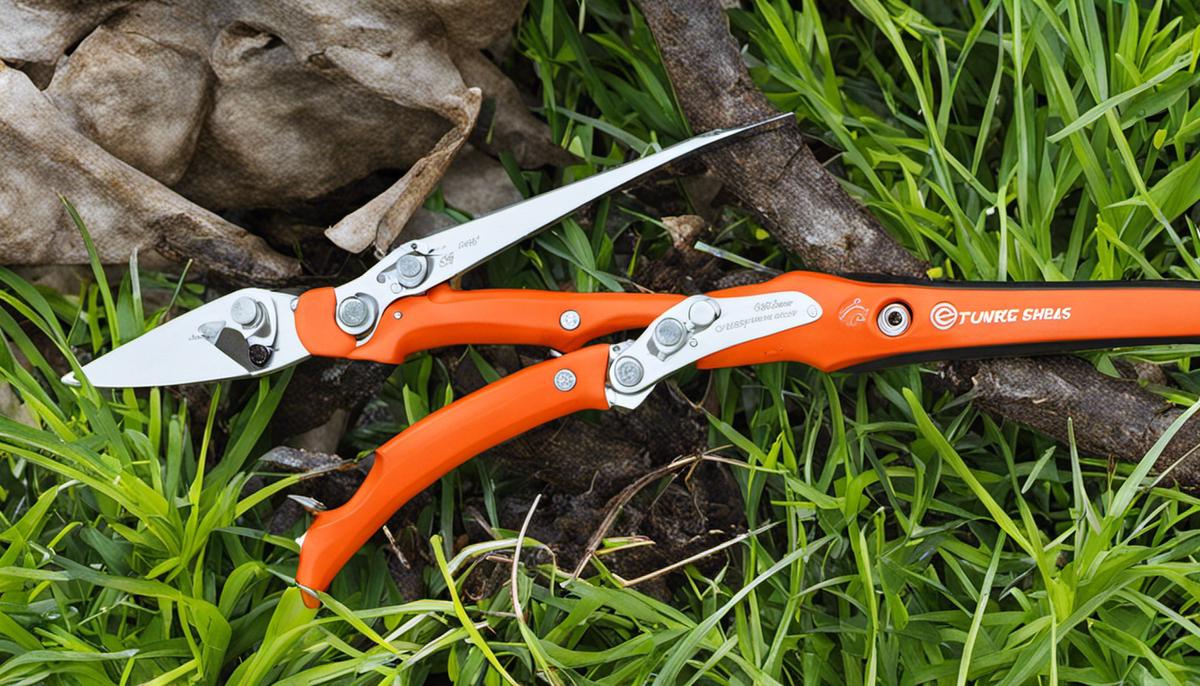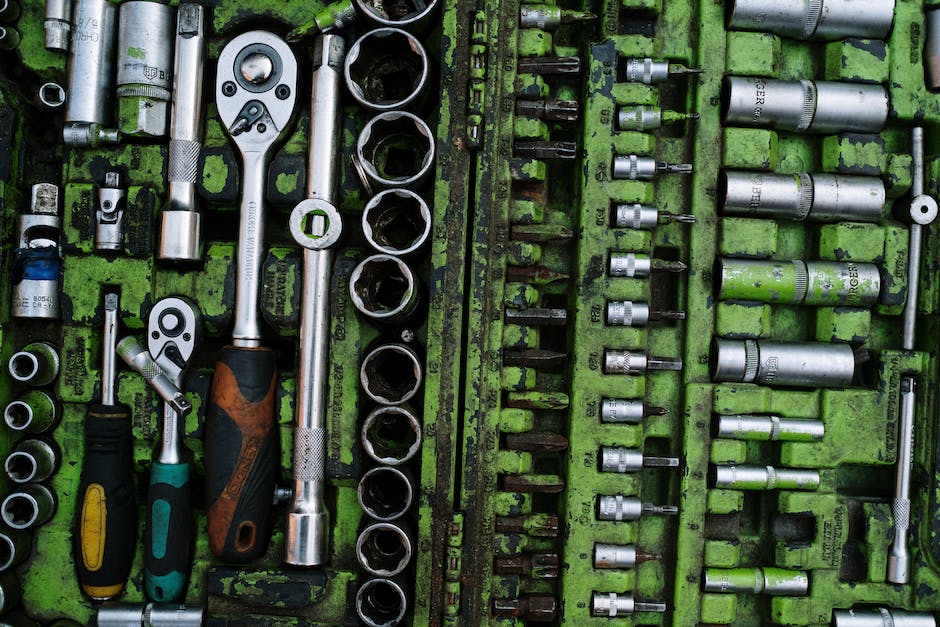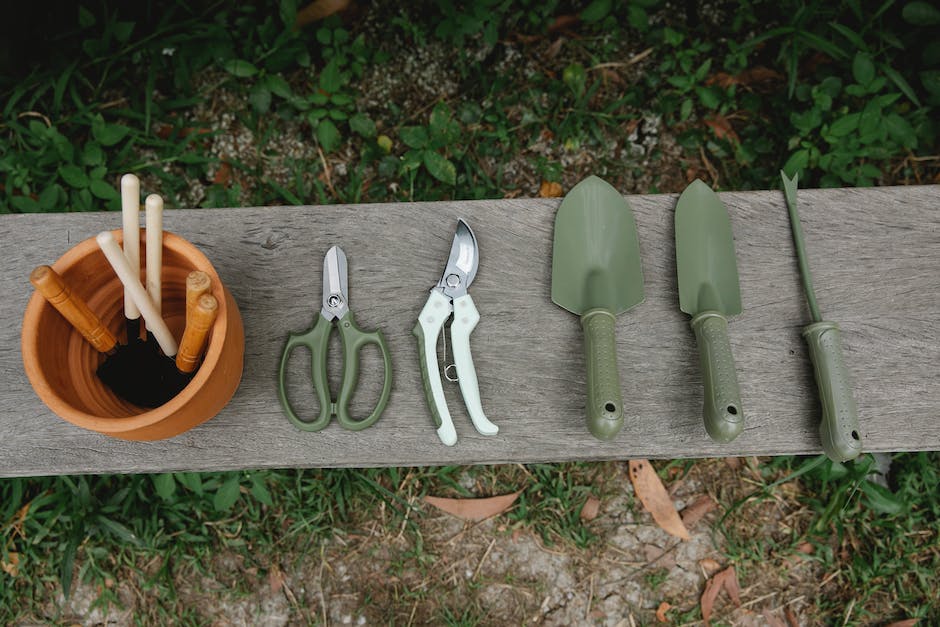Mastering Bush and Shrub Trimming: A How-To Guide

For many, the joy of a well-kept garden is unbeatable. Lush shrubs, tidy bushes and vibrant greenery often play a crucial role in achieving this. But when these plants get out of hand, trimming and pruning becomes essential. This task, though seemingly simple, requires a certain understanding of what’s needed to get the job done correctly and safely. In this guide, we will explore the right time and tools to undertake this task. We’ll delve into optimal techniques for cutting shrubs without inflicting damage to them and how you can maintain their natural shape to promote healthier growth. Furthermore, safety precautions during trimming make up a critical part of our discussion.
Understanding the Right Time and Tools for Trimming
Unveiling the Perfect Time & Tools for Pruning Overgrown Bushes and Shrubs
Firstly, trimming overgrown bushes and shrubs isn’t merely a matter of aesthetics, but it also stimulates healthy growth and allows light and air to penetrate the plant, lowering the incidence of diseases. Pruning might seem a tad finicky, but with a sound understanding of the timing and tools leveraged, everything falls perfectly into place.
Ideal Trim Time
While there might be some variation depending on the species, one generally safe period to trim bushes and shrubs is in late winter or early spring. This is when they are dormant and not in their growth phase. Pruning before new growth begins allows the upcoming shoots to develop from the plant’s base, fostering a robust form for the forthcoming season.
If your bush or shrub blooms on new wood (the current season’s growth), such as rose-of-Sharon or roses, you can freely prune in late winter or early spring, before new growth kickstarts. Well, for those shrubs that flower on old wood (last season’s stems), like forsythia or oakleaf hydrangea, aim to trim soon after they bloom. This facilitates your shrub ample time to establish new, blooming wood for the following year.
Tool Time
Now, onto the tools that’ll make this task a breeze. For smaller-sized branches and tender shoots, bypass pruners become your best ally. They possess sharp blades that “pass by” an unsharpened one, rendering clean and smooth cuts without damaging the plant.
Loppers, with their long handles and sturdy blades, are designed for those tough, thick branches that bypass pruners can’t handle. They can cut through branches up to two inches in diameter. Their extended reach literally, takes the strain off your mission to achieve the perfect compact, healthy shrub.
A pruning saw is indispensable for larger, overgrown bushes bearing branches beyond two inches in diameter. The razor-sharp, jagged teeth chew through the wood, making challenging cuts more manageable.
Consider investing in a Hedge Shears for shaping up your hedges, boxwoods, and formal gardens. They will help you clip lots of tiny stems at once, accomplishing a structured, ornamental look.
Remember, quality tools can make a world of difference in the ease of the task and the health of your plants. Like any skilled hobbyist will tell you, ensuring your tools are sharp, rust-free and cleaned after use is the key to longer tool life and better results.
A note of caution: Always put safety first. Wear sturdy gloves to protect your hands from thorns and harsh branches, and safety glasses to shield your eyes from flying debris.
So, fellow enthusiasts, armed with the right information and tools, transform your overgrown green spaces into a well-manicured haven, teeming with health and vitality. May your green thumb prosper!

Techniques in Trimming and Shaping
Mastering the Art of Pruning: Efficient Techniques for Trimming and Shaping Shrubs
Unlocking the aesthetics of a well-manicured garden lies in mastering the art of pruning – the careful yet creative exercise of trimming and shaping shrubs. Patience and skill are required, but with a little guidance and a lot of enthusiasm, anyone can beautifully trim their shrubs and bushes.
To begin with, understanding the form of the shrub you’re working on is paramount. Some shrubs, such as boxwoods and yews, can endure heavy shaping while others like azaleas and camellias prefer minimal interference. Knowing your shrub’s growth habit is key to approaching your pruning operation smoothly.
Once you’ve sizably evaluated your shrub, commence trimming by removing excess and non-essential growth, focusing primarily on dead, diseased branches or those growing towards the center of the plant. This step, called thinning, helps create a healthier, more open structure, allowing for more light and air to enter the shrub.
Next comes shaping. The rule of thumb here is to maintain the shrub’s natural shape. Attempt to keep the top narrower than the base so that sunlight penetrates evenly. Achieving this ‘staircase’ pattern ensures the plant’s lower branches aren’t starved of sunlight and helps in maintaining the overall balance of your shrub.
Adhering to the 1/3rd rule provides a solid guideline: trim no more than a third of the plant in one go. Trimming your shrubs too much at once may result in unwanted stress and hamper future growth. Remember, pruning is an ongoing process – it’s better to prune a little today and a little more the next time than to over-prune in a single session.
When making cuts, always perform them at a 45-degree angle, just above a bud or joint. This incision angle promotes the quick healing of the plant and encourages new, hearty growth to sprout in the next growing season.
Planning the aesthetics of your garden is equally important. Shaping shrubs into intricate designs or geometrical patterns can be enticing, but ensure you’re not compromising the plant’s health. Chasing after mirage-like garden designs might cause you to over-prune, which can ultimately stunt the plant’s growth.
Finally, post-pruning care is compulsory. Ensure your shrubs are well watered after a pruning session and throughout their recovery. A dose of slow-release fertilizer can be beneficial in promoting fresh foliage and lush growth.
Be patient and enjoy the process. Remember, pruning is as much an art as it is a science. It may feel daunting at first, but as with any hobby, mastery comes with time and practice. Now, armed with these techniques, get out there and let your shrubs and your skills flourish!

Safety Precautions
Brushing up on safety precautions before trimming overgrown bushes and shrubs is crucial. With the right practices, you can avoid injuries and get the job done efficiently. So here is the lowdown on what you need to keep in mind for your safety as you navigate the world of hedge trimming.
Firstly, it’s essential to wear the right gear. Protective clothing is your first line of defense against accidental pricks and pokes from thorns, or scrapes from rough plant bark. Go for long-sleeved shirts and durable pants to shield your arms and legs. Gloves will also safeguard your hands, and safety glasses will protect your eyes from falling debris. It’s always better to be safe than sorry!
Inform someone about your pruning activity, especially if you’re tackling a larger shrub or the ones located in secluded parts of your garden. This way, someone will be aware of your whereabouts and could provide help in case of any unforeseen incidents.
Use a sturdy ladder or platform for reaching those higher branches. Never overstretch or stand on your tiptoes, as losing balance can lead to accidents. If a branch is completely out of reach, consider seeking professional help.
Check the bushes or shrubs for any wildlife inhabitants before you start cutting. You wouldn’t want to disrupt a bird’s nest or surprise a snake! Restructuring their habitat at a moment’s notice might lead to sudden animal movements which can create unsafe conditions.
Avoid trimming near power lines to prevent electrocution. If your shrubs have grown close or intertwined with power lines, call your utility company or a professional trimming service. They have the training and equipment to handle such tricky scenarios.
Bandaging supplies should be on hand in case of minor cuts and scratches that may occur while trimming. The faster a wound is treated, the less chance there is of infection.
Keep your workspace clean and free of debris to prevent tripping or stumbling. Pile the cuttings neatly, away from the area where you’re working.
Avoid using electric tools in wet conditions. Using electric hedge trimmers after rain or when the bush is wet can potentially lead to electric shock.
Lastly, remember to stay hydrated and take breaks. Pruning can be physically demanding, and in the heat of the moment, it’s easy to forget to take care of yourself.
Pruning is a rewarding activity that can truly transform your garden. But, safety is paramount, and keeping these precautions in mind can help ensure a successful, injury-free pruning session. Remember, the well-being of the gardener is just as important as the health of the garden! A safe gardener makes a happy garden. Now, let’s prune that garden into shape!

Once equipped with the appropriate knowledge, tools and techniques, one can enhance the beauty of their garden by appropriately trimming their overgrown bushes and shrubs. It’s all about finding the right trimming rhythm, respecting nature’s designs, and ensuring your personal safety. Through the careful process of trimming, you’ll not only create an aesthetically appealing environment, but will also strengthen your plants by stimulating their growth, providing countless hours of tranquility within your piece of living art. The pleasure that a well-maintained garden offers is significant. Therefore, let’s continually learn, adapt and enjoy the process of nurturing and shaping our green space.



